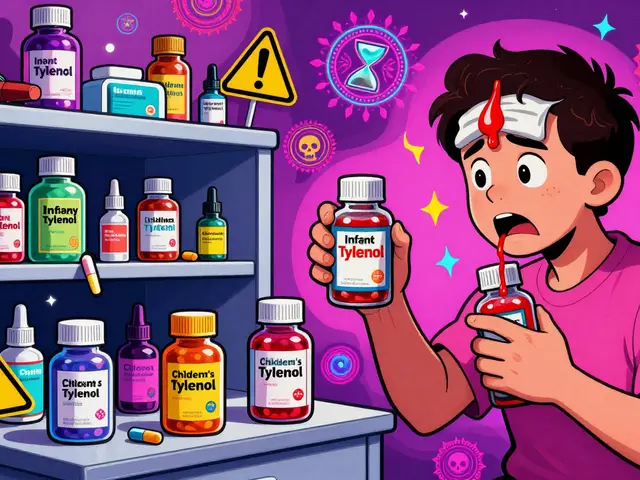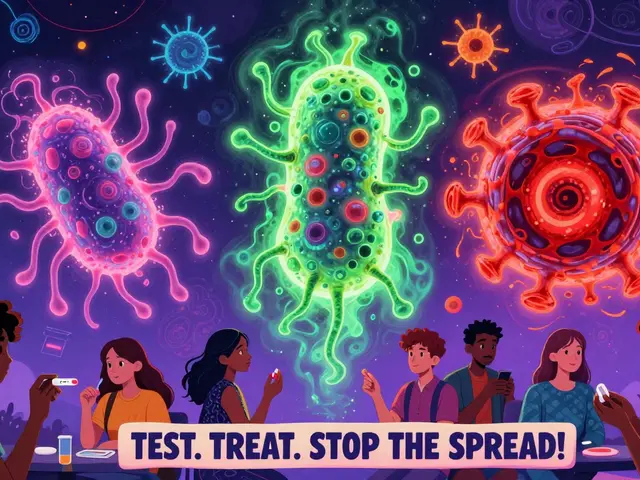Testosterone treatment: who it helps and how it works
Feeling tired, losing muscle, or noticing low libido? Those can be signs of low testosterone, but they don’t always mean you need treatment. Testosterone treatment (often called TRT) can help people with a confirmed low hormone level and matching symptoms. The goal is to improve energy, mood, strength, and sexual function while keeping you safe.
Common types of testosterone treatment
There are several ways to replace testosterone. Injections are popular — usually given every 1–3 weeks or as a longer-acting shot every few months. Gels and creams are applied daily to the skin and are easy to use but can transfer to others if you don’t follow instructions. Patches stick to the skin and deliver steady doses. Pellets are implanted under the skin and release hormone for months. Oral pills exist but are less common due to liver concerns. Each method has pros and cons: injections can cause mood swings and peaks, gels keep levels steadier but risk spread to family members, and pellets avoid daily dosing but need a minor procedure.
Who should consider treatment and how it’s diagnosed
Don’t self-diagnose. A doctor should confirm low testosterone with morning blood tests and a thorough symptom check. Low numbers on a lab test plus real symptoms make a stronger case for treatment. Certain conditions — like pituitary problems, some medications, or obesity — can cause low levels and may be addressed first. If you’re younger, doctors usually dig deeper to find the cause instead of starting TRT right away.
Before starting any therapy, expect baseline tests: blood count, PSA (if you’re older or at risk for prostate disease), and sometimes liver and lipid checks. Your provider should review your medical history, sleep, alcohol use, and fertility goals — testosterone can lower sperm production.
What benefits can you expect? Many people notice better energy, clearer mood, improved sexual function, and regained muscle over weeks to months. But results vary, and some side effects are real: increased red blood cells (which raises clot risk), acne, sleep apnea worsening, and possible changes in cholesterol. Regular follow-up blood work helps catch issues early.
Want to try alternatives first? Simple changes often help: lose weight if needed, fix sleep problems, lift weights, and cut heavy drinking. These steps can raise natural testosterone and improve symptoms without medication.
When talking with a doctor, ask: Why do you think I need TRT? Which delivery method fits my life? How will you monitor safety? What if I want to preserve fertility? How long should I try it before deciding if it helps? Honest answers here matter.
Testosterone treatment can help many people, but it’s not a quick fix or risk-free. Get tested, ask clear questions, and pick a plan with regular monitoring. That way you see the benefits while keeping safety front and center.
Understanding Clomiphene Citrate: How It Boosts Testosterone in Men
Clomiphene Citrate, commonly known as Clomid, is primarily used for fertility treatment in women but is also prescribed off-label for men to address low testosterone levels. This FDA-approved medication enhances natural testosterone production by stimulating the hypothalamus and pituitary gland. It has shown positive results like increased energy, improved mood, and better muscle mass in men.





